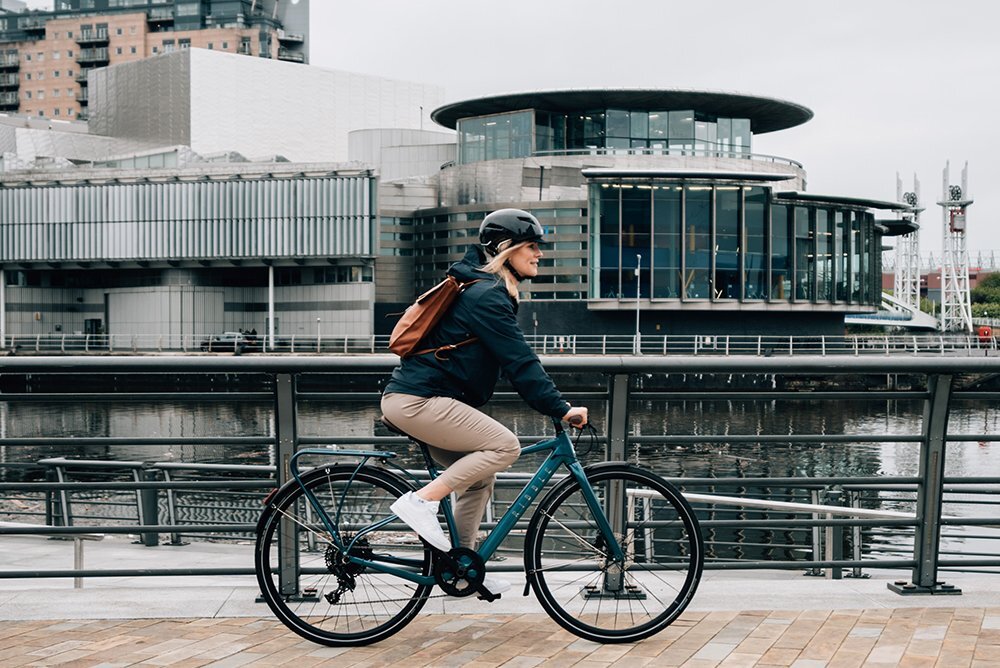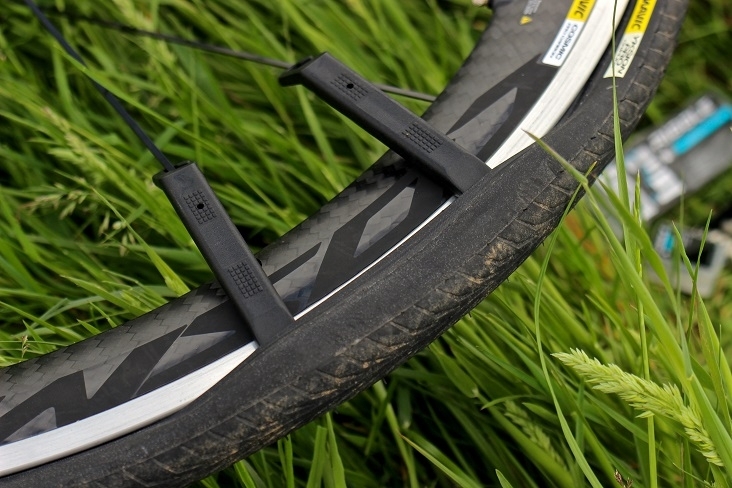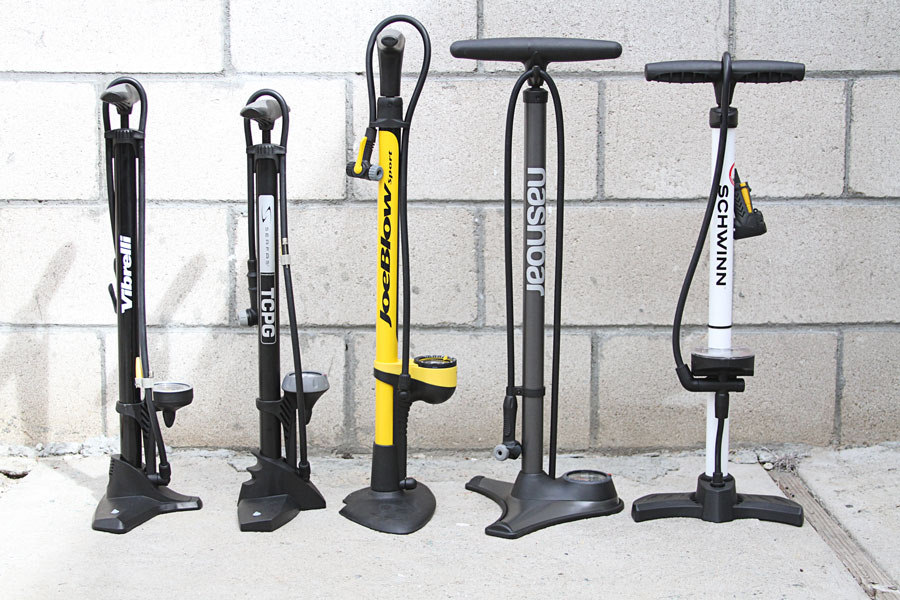
Are you looking to take up cycling? Our beginner's guide to cycling contains all of the advice we would have liked to receive when we first started out.
There's no denying that cycling has experienced a huge surge in popularity in recent years. The reasons are many and varied, But we can certainly attribute the successes of British riders at the Olympics and in cycling's most prestigious races as being the major catalyst to people taking it up as a hobby.
The heroic endeavours of these athletes captured the heart of a nation and inspired a whole generation to leave the sanctuary of the sofa and spread their proverbial wings on two wheels.
But, it's important to note that, just like the rest of us, they too were beginners once. Faced with the same decisions of what bike to buy, where to ride and why? There are plenty of articles out there that explain the benefits of cycling in some depth and we won't explore them too deeply here. But, needless to say, the benefits are enormous. From making you feel happier and healthier, to the financial benefits of saving on fuel or transport costs.
It's only natural that during the fledgling stages of your cycling journey you will be faced with certain challenges and questions. Even seasoned veterans will sometimes find themselves stumped.
So the purpose of this blog is to help you navigate such issues. To do this we offer you the advice we would have loved to receive when we too started out in this wonderful sport of ours.
1. Buy the right bike
There are seemingly endless options when it comes to buying a bike. But it really is as simple as working out where you wish to ride, how often, and how fast! Take the hybrid bike, for instance. Its incredible versatility lends itself to rides as varied as the daily commute to tours of the countryside or zipping around town running errands.
Cycling's great all-rounder, the hybrid is fast, comfortable, and versatile. It's fast enough to ride on the road and can even tackle light off-road routes like towpaths and bridleways. Or you could opt for a bike that specialises in certain areas such as gravel bikes, endurance road bikes, hardtail mountain bikes, all-road bikes or even electric bikes.
Check out the bikes that offer our earliest despatch dates to take advantage of the British summer here.
If you only intend to ride the roads, however, and want to up the ante (and the speed) a road bike is a natural choice. Should you really want to mix things up though and have the complete freedom to mix up road riding with off-road routes you may benefit from an all-road bike. The best of both worlds!
If you are within close proximity to one of our 5 showrooms why not drop in and speak to one of our advisors. In-store we can bring the bike to life, provide sizing assistance and demonstrate the weight savings, aesthetic differences that your componentry choices make. Can't make it to a showroom, why not get in touch via a one-way video call with our Live In-Store expert service.

Each showroom offers a world-class retail experience.

There's no real substitue for seeing the bikes in the flesh.

Our in-store live experts can even provide product demos via a one-way video link.
2. Get comfortable
There's an overwhelming urge when you receive your new bike to simply hop on and go out for a ride. While there's nothing inherently wrong with this, it's important to make a few adjustments to ensure it's comfortable to ride.
Adjust your saddle height
To obtain the optimal saddle height simply place your heel on the pedal at its furthest point away from you (6 o'clock). Your leg should be straight, so when you clip in or pedal normally there should be a slight bend in your leg.
Reach adjustment
Similarly, you also want a slight bend in your elbows too. You will know that it's right if the front hub disappears from view when you are in your normal riding position. If it isn't correct, then moving the saddle backwards or forwards should correct this. If adjusting the saddle doesn't result in the ideal position, swapping out the stem for another length is a simple matter.

Measuring jigs situated in-store allow us to work out a person's ideal riding position and transfer it to a specific bike model.
3. Learn how to repair a puncture
Like first kisses - you never forget your first puncture. Despite all the advancements in tyre technology today, you will almost undoubtedly suffer a puncture at some point. The last thing you want is to be stood at the roadside or in the middle of nowhere without a clue how to repair it.
It's therefore, highly recommended that you spend some time learning how to fix a puncture before you attempt any rides of great distance. You can always seek advice from a friendly local bike shop, a friend, or resort to the dubious delights of the world wide web.

Getting familiar with changing a puncture will save so much time and effort at the roadside.
4. Invest in some essential kit
Now we're not saying that you should go out and kit yourself from top to toe in lycra. Though it is really comfy! But you should definitely look at some key essentials that will improve, comfort, security, and safety. The list is by no means exhaustive but should definitely include:
- Helmet -
- Gloves - Essential for obvious reasons in winter. Padded summer mitts offer extra protection from road vibrations as well as providing better grip if the bars get wet.
- Lock - If you need to store the bike at work or run errands around town.
- Lights - Be seen, be safe. Need we say more?
- Shoes and pedals - Flat pedals if you wish to wear normal everyday footwear such as business shoes or trainers. But if you intend on racking up any serious mileage, clipless shoes and pedals are definitiely the way to go .
- Clothing - Padded shorts are a must (tights in winter), as is a good quality rain jacket. If you intend to ride at speed, then a base layer to wick away sweat and a jersey are also recommended.
- Floor Pump - Track pumps are essential in preventing you gaining arms like Popeye when performing some pre-ride tyre inflation.
- On-the-go tools - The bare minimum that you shuld take on every ride is; a multi-tool, pump, tyre levers, and spare inner tube or repair kit. Top-Tip: Rather than patch a punctured tube at the roadside, take a spare inner tube and patch the damaged one when you arrive back home.

The trusty floor pump is essential for getting lots of air into the tyres with less effort.
5. Learn the gears
The vast majority of bikes will have at least one chainring at the front and a cassette (made up of sprockets) attached to the rear wheel. The bigger the chainring at the front, the harder it is to pedal. Conversely, larger sprockets at the rear make it easier to pedal.
Knowing when to change gear is a skill that is learned over time, and can only be picked up through repetition. A prime example of this would be on the climbs. Shift to an easier gear too early and your legs will spin like the clappers and to little visible effect. But leave it too late, however, and you will find yourself grinding your way up the climb and fighting for every yard.
It's worth taking the time to learn how the gears work. In time, changing gear will feel as natural as... well riding a bike!

Choose the right gears for the terrain you expect to encounter, making your rides a whole lot more fun and comfortable.
6. Ride with confidence
It can be tempting to hug the kerb when riding on the road. Doing so is a mistake! Always try to ride approximately a metre out from the edge. Not only does this make you more visible to other road traffic but it also gives you space to avoid hazards. Think potholes and manhole covers etc. Contrary to what you may think, assuming this position results in other road users giving you more room during an overtake. Go figure!
It goes without saying that you should obey the highway code. One of its provisions is that we should assume the 'primary position' when approaching junctions or pinch points. So don't be afraid to move out into the centre of the lane at junctions, traffic islands and roundabouts. The idea is to discourage overtakes when it is not safe to do so.

7. Join a cycling club
Joining a cycling club can look like an intimidating proposition from the outside. But in fact, any good club is very welcoming of new members. Weekend group social rides are more often than not divided up into fast and slow groups. So you can pick a ride at a pace that suits you. There's also the added benefit of all that experience for technical advice, mechanical issues and routing assistance.
8. Go clipped in
If your rides amount to riding to the office and back over short distances you may wish to simply ride in your work shoes. However, if you find yourself riding further and further, give clipless pedals a try. With the clipless system, a cleat attached to the sole of your shoe clips into the pedal.
It increases your pedalling efficiency, allowing you to pull your foot upwards as well as push them around on the climbs. More efficiency equals less fatigue on longer rides. There is a learning curve to clipless pedals though and we thoroughly recommend practising somewhere soft.
Pick somewhere that there is a nice soft grassy landing while you acquaint yourself with your new pedals. A method I used when getting used to clipless was to unclip well before arriving at any junction where you know you will need to put a foot down. (yes I fell off once or twice but it quickly became second nature).

Clip in to improve your power transfer and make each revolution of the pedal much more efficient.
9. Practice basic techniques
You're not expected to descend mountain switchbacks like a pro from the off but a few basic techniques will serve you well.
When approaching a corner slow down to an appropriate speed. Lift up your inside knee and adjust your weight to the outsider to balance the weight. It also prevents the possibility of the pedals striking the ground.
The last thing you want when braking is to lock up the back wheel. The front brake is actually far more efficient at stopping you. So Learn to feather the front brake lightly alongside the rear brake instead of just grabbing huge handfuls of the rear brake.
Upon the approach to a climb, pedal normally to maintain momentum for as long as possible. Try to avoid changing into too easy a gear too early. It will result in a loss of valuable momentum and you will have an extra gear in reserve just in case you need it.

Always raise the inner knee and transfer oyu weight ton the outside to corner with confidence.
10. Fuel up
In cycling, little and often should be the motto you live by when it comes to fuelling and hydrating on the go. If you are heading out on rides in excess of 90 minutes, make sure to take some snacks. Cereal bars, bananas, energy bars are your friend, and you should aim to consume something every hour.
Similarly, you should ensure that you have some appropriate liquid refreshment to stay hydrated. Cyclists ride with all sorts of liquids in a water bottle attached to the frame. It really is personal preference; everything from water through to isotonic tablets, vimto, and caffeinated sports drinks are the norm for longer duration rides.

When the weather gets hot, substitute water for sports drinks to replace those all-important electrolytes.
All-road bikes vs gravel bikes vs endurance bikes - which should you buy and why? Find out here.
All-road bikes are the perfect all-rounder - but what makes them different? Find out here.
Make your new Ribble bike indelibly yours with CustomColour. You create the design and we bring it to life. Discover the colour plaette here.